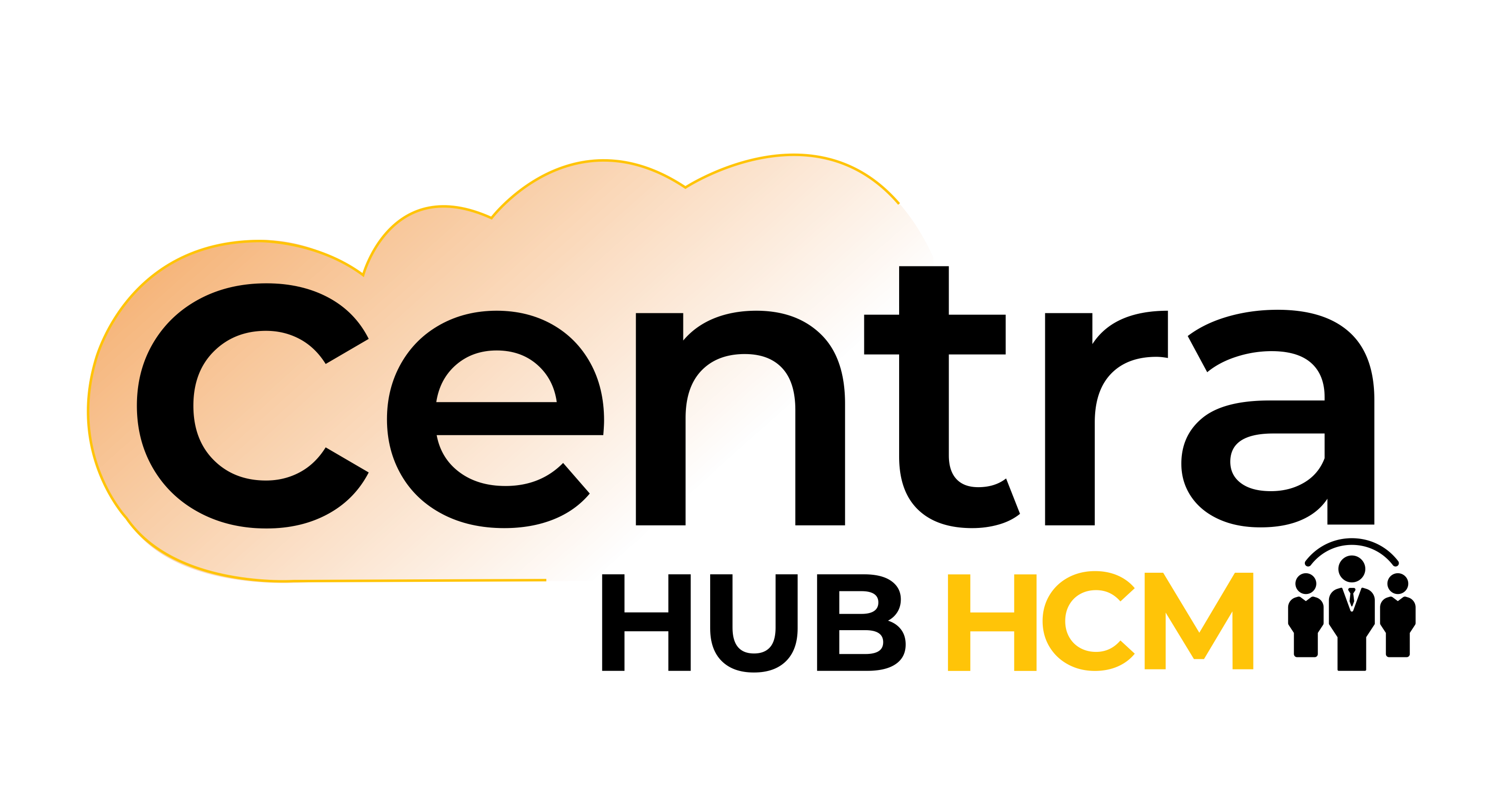The Complex Landscape of Multisite ERP Management
Understanding multisite ERP
Multisite ERP is an approach to enterprise resource planning that involves implementing a single ERP system across multiple locations or sites of a global organization. It is designed to unify operations, streamline processes, and provide a holistic view of the organization's activities.
Challenges in global ERP management
Global organizations face several challenges when implementing and managing multisite ERP systems, including:
Real-time data visibility
Ensuring that data is consistently updated and accessible across all sites is a top priority. Real-time data visibility allows for better decision-making and quicker response to changing market conditions.
Standardized procedures
Harmonizing processes and procedures across different sites is essential for maintaining consistency and quality in operations. This is particularly crucial in industries like manufacturing and retail.
Multisite inventory management
Managing inventory across various sites while avoiding overstock or stockouts can be complex. Effective inventory management is vital for cost control and meeting customer demand.
Data security
With data distributed across multiple sites, ensuring data security and compliance with regional regulations is a significant concern.
Strategies for Optimizing Multisite ERP Management
Multi-country ERP implementation – What to consider?
Languages and currency
ERP management across diverse locations hinges on unifying data and transactions in a common language and currency. Organizations typically opt for a universal business language and currency, such as English, while ensuring the system accommodates multiple languages and currencies. This approach transcends data; it extends to user interfaces, training materials, and manuals while ensuring daily tasks are performed comfortably and efficiently.
Regulatory requirements and global compliance
Localization is not confined to languages and currencies. Multinational enterprises must grapple with diverse, ever-evolving local regulations. Taxes and compliance standards vary widely with regions. In this regulatory maze, ideal multisite ERP solutions stand out by ensuring adherence to critical regulations. This allows international organizations to efficiently navigate global, governmental, regional, and industry-specific requirements.
Common data
For a multisite ERP system, sharing essential data, covering customers, vendors, products, pricing, and more, is crucial. The extent of common data accessibility depends on organizational structure. When subsidiaries cater to distinct markets and products, common data is often limited to a shared, facilitating financial consolidation. However, ERP solutions become a strategic ally when the businesses operate in the same markets and sell identical products. Uniform customer and supplier numbering in sales and finance systems can unlock substantial benefits, including robust credit control, enhanced purchasing power, and streamlined order placement. It also empowers organizations to efficiently manage surplus materials and respond swiftly to supply chain disruptions.

Infrastructure to support the solution
Modern ERP systems offer on-premise, cloud, and hybrid deployment options. Global enterprises, in particular, favor hybrid solutions, which streamline system integration. Cloud-based ERP solutions demand high-speed internet access and robust bandwidth to ensure seamless connectivity and efficient task execution. However, the efficacy of cloud solutions heavily depends on local infrastructure. It is imperative to assess legacy infrastructure before embarking on an ERP implementation. In regions with unreliable internet connectivity, establishing backup internet providers can be a prudent move.
Cultivating an ERP-supportive culture
Implementing an ERP system is synonymous with a profound transformation in work processes. Organization culture plays a crucial role in the success of the global ERP implementation project. Therefore, when deploying it, securing wholehearted organizational buy-in is paramount.
Leadership and the ERP implementation team need to engage users throughout the project, involving them in the decision-making process and ensuring that project objectives are well-understood and embraced by all. Robust user training is another prerequisite, fostering familiarity and underscoring the benefits of the ERP system.
Effective change management smoothens the implementation process, aligning with and honoring the cultural diversity inherent in the organization.
Conclusion: The Ideal Multi-country ERP Solution
Focus ERP solutions are robust, scalable systems ideal for businesses of all scales and industries. They offer flexible platforms to help global organizations streamline operations and reduce operational costs. These highly customizable, easy-to-use business management solutions are designed to help organizations connect individual departments in various locations, enabling smarter decision-making.







